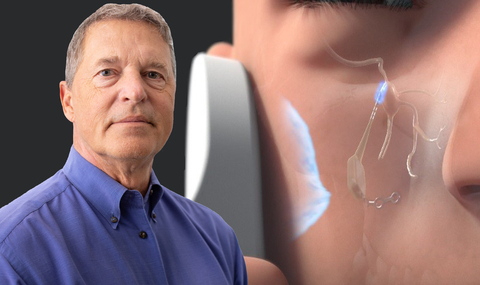
EFFINGHAM, Ill.– Realeve today announced it has received a multimillion dollar grant to support a study at Cleveland Clinic aimed at revolutionizing post-stroke recovery. The planned study will use Realeve’s Pulsante® micro-neuromodulation system, the first externally powered implantable neuromodulation device which stimulates the sphenopalatine ganglion (SPG), in conjunction with hyperbaric oxygen to potentially enhance blood circulation in stroke patients, minimizing brain damage and optimizing neurological recovery.
Realeve’s technology has already been clinically proven in more than 700 patients for the treatment of a brain related disorder. Realeve has also been granted Breakthrough Device designation from the FDA with a goal of obtaining FDA approval and CE Mark to treat cluster headaches in 2024. Breakthrough Device designations are given by the U.S. FDA to expedite the review of technologies that can improve the lives of people with life-threatening or debilitating conditions.
“We are excited to leverage the power of this external implant that has been clinically proven with 700+ patients in enhancing post-stroke and cluster headache recovery. We are also exploring its applications in other central nervous system disease conditions and excited about the potential,” states Dr. Peter Bonutti, founder and president, Realeve.
Realeve’s ultimate goal is to solve one of the critical remaining barriers in brain health which is the ability to bypass the brain’s natural barrier preventing the delivery of effective drugs for stroke, cancer treatment, and other degenerative orders. Realeve is evaluating the potential effects of its patented SPG therapy on the Blood Brain Barrier (BBB) using its clinically proven Pulsante System. The BBB functions as a vascular gatekeeper to the central nervous system (CNS), governing the passage of medications and therapeutic interventions into the brain. This technology holds promise for addressing conditions like Alzheimer’s, tumors, and other central nervous system disorders. The convergence of these therapies is a potentially significant advancement in treating neurological diseases of the brain, and a compelling opportunity for investors in the biotech sector.

